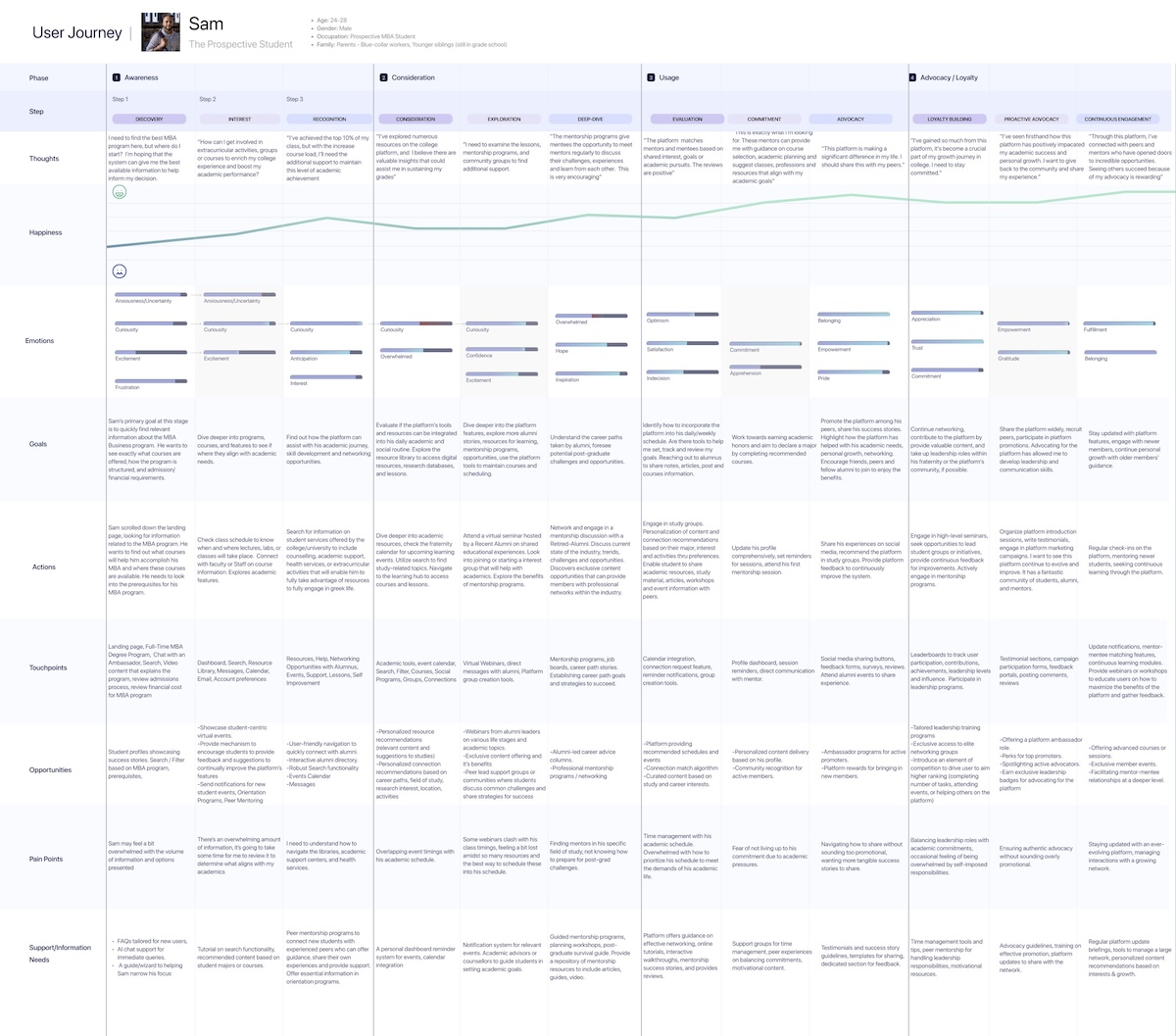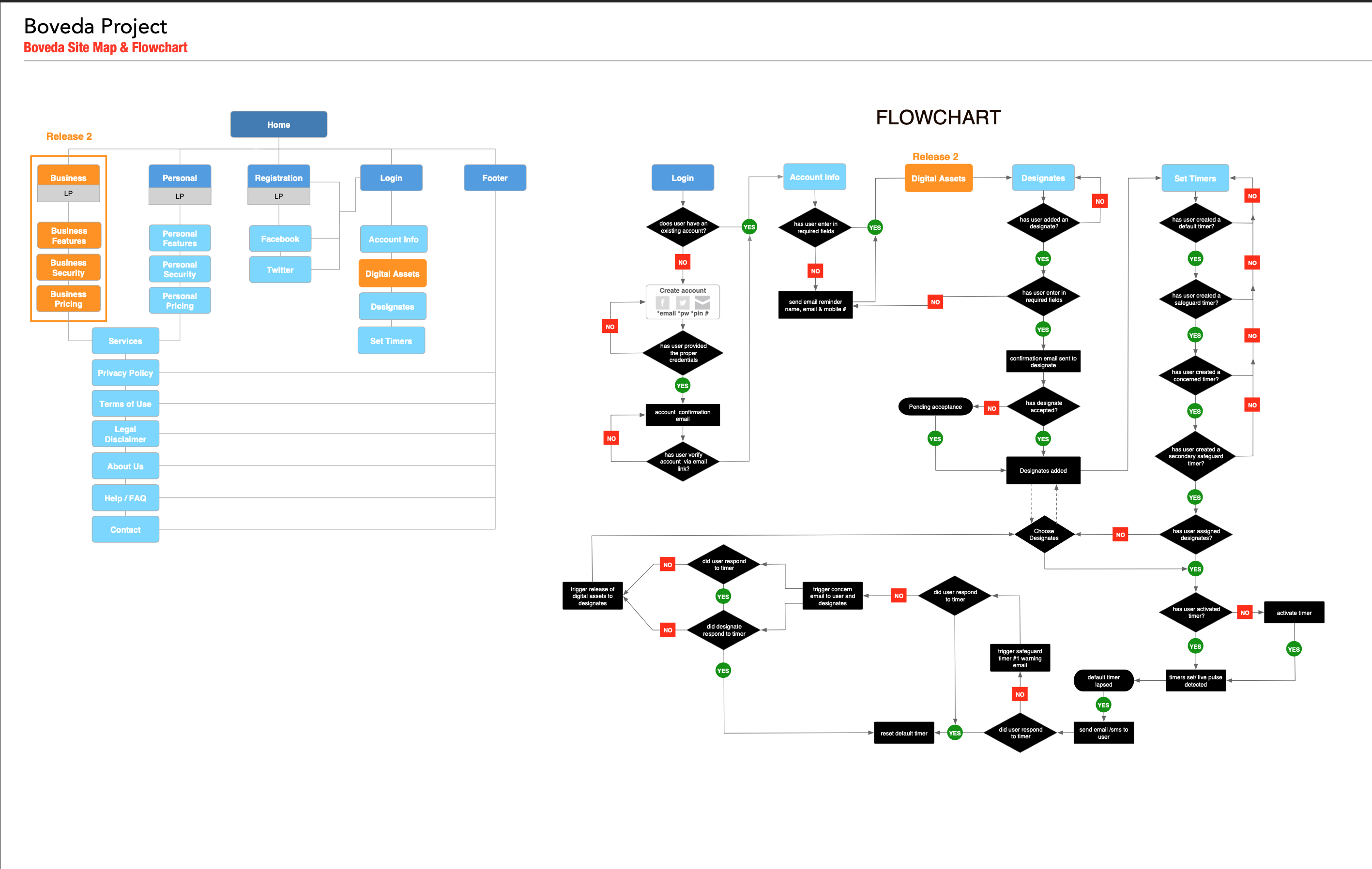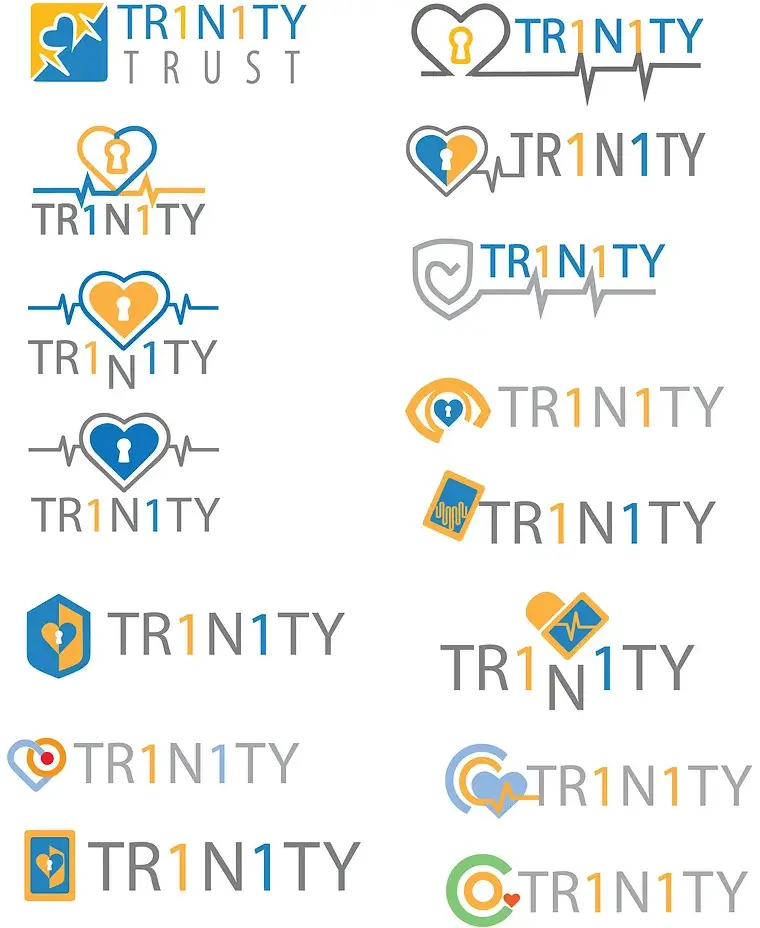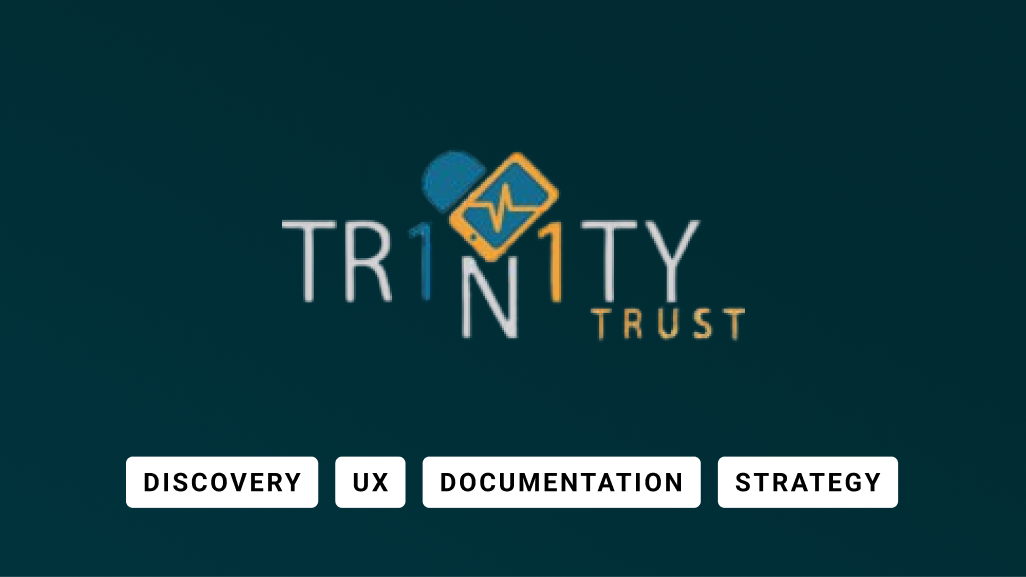Clients:
Boveda Labs (Client)
LM Design Werks(Agency)
Role: Business Analyst, Feature Designer
Duration: July 2018 – December 2019
Overview
With digital lives expanding, the challenge of managing and transferring assets after death has become both urgent and under-addressed. Boveda Tr1n1ty set out to create a secure digital vault—built to protect essential documents, financial data, and credentials—while making it simple to pass them on to chosen beneficiaries.
Mandate: Lead the UX definition and design of Tr1n1ty from the ground up—translating stakeholder intent and user insights into a secure, trustworthy product experience. Responsibilities included requirements gathering, persona development, journey mapping, wireframing, and shaping the brand identity.
Key Challenges
Research & Discovery
User Interviews & Requirements Gathering
Before designing wireframes or interfaces, I spearheaded user interviews guided by a structured, open-ended questionnaire of 32 questions. These interviews:

User interviews helped uncover critical insights about trust, security, and legacy planning.
Personas & User Journey Mapping
Using data from interviews, I developed four key personas, each representing distinct user segments. These personas guided the creation of detailed user journey maps, outlining how different user types would interact with the platform’s features over time.
Outcome: Personas and journeys clarified pain points, guiding the UX strategy to prioritize usability, transparency, and reassurance throughout the interface.

By visualizing the user’s path, we identified opportunities to simplify onboarding and asset management.
From Concept to Interface
Wireframing & Rapid Prototyping
Starting with Omnigraffle, I transformed conceptual flows into high-fidelity wireframes. Through iterative testing with early prototypes:

Early flowcharts formed the backbone of the initial prototypes, ensuring logical, user-friendly task completion.
UX/UI Refinements & Branding
Once usability challenges were addressed, I collaborated with UI designers to develop visually engaging screens, focusing on clarity and trustworthiness. Drawing on extensive competitive analysis and research into industry best practices, I helped craft a brand identity that reinforced the platform’s value: trustworthy, secure, and future-focused.
Brand Identity Highlights:

Low-fidelity prototypes evolved into a polished interface informed by user insights and brand guidelines.
Brand Identity Development
Collaborating closely with a designer, I contributed to the brand identity for Tr1n1ty Trust. Experimenting with icons (hearts, keys, shields) and color schemes, we refined a visual language that instilled confidence and reflected the product’s mission.

Visual consistency and symbolic clarity aligned the brand with the product’s core promise: secure continuity.
Key Learnings & Impact
By grounding design decisions in user research and clear persona frameworks, I helped define product direction in an emerging domain. This approach enabled faster decision-making, confident stakeholder alignment, and an experience that test users described as both intuitive and reassuring.
Core Takeaways:
The biggest takeaway? Bringing clarity to sensitive, complex product domains requires not only good UX, but deep listening and strategic storytelling.
If you’re tackling a challenging space and want to deliver meaningful, trusted experiences—let’s connect.
